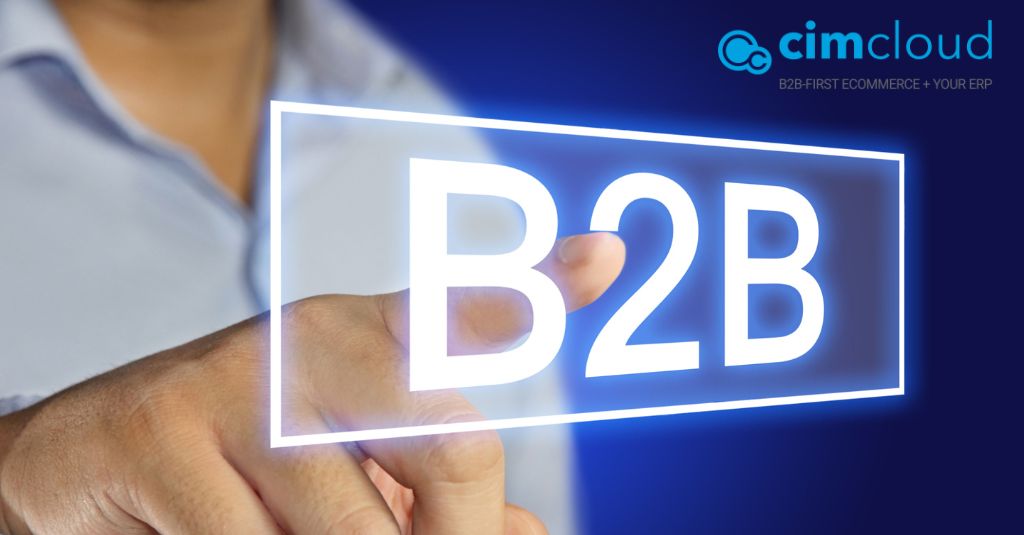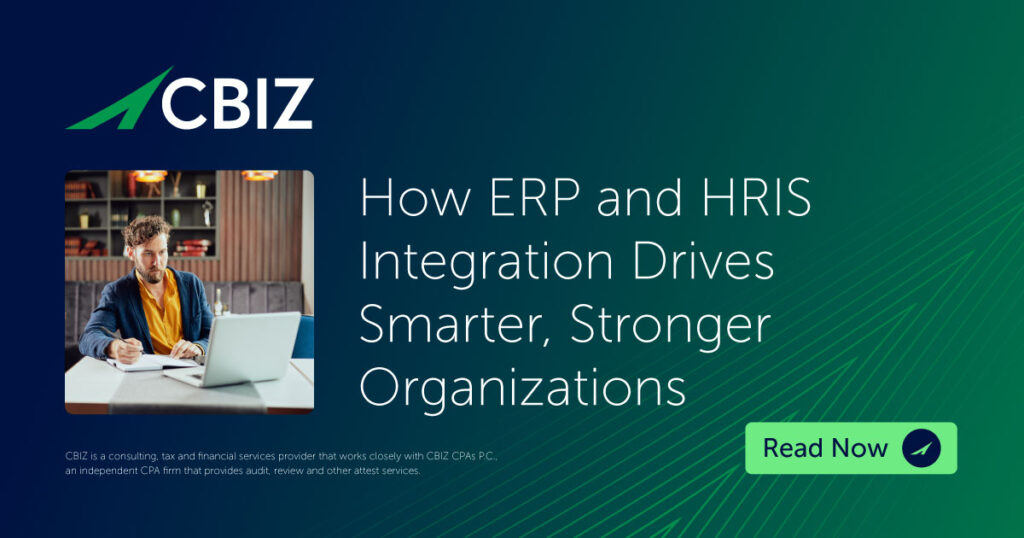In the acuCONNECT 2025 session, “B2B-First eCommerce for Acumatica That Actually Works”, CIMcloud’s Kerry Meade made it clear: when your ecommerce platform isn’t truly built for B2B, or isn’t tightly integrated with your ERP, your operations, customers, and profitability all feel the impact.
Let’s summarize Kerry’s key points:
1. The Integration Imperative
Disconnected ecommerce systems create chaos, resulting in incorrect pricing, inaccurate inventory, manual data entry, and slow fulfillment. A B2B-first platform for Acumatica should integrate deeply with modules for pricing, inventory, order management, and customer data. Real-time synchronization ensures that buyers always see accurate information, and orders flow seamlessly into Acumatica without requiring rekeying or reconciliation.
2. B2B Is Not B2C
B2B buyers expect convenience, but their needs are fundamentally different from those of consumers. They require complex pricing, volume discounts, contract terms, account-based catalogs, and approval workflows. A pure B2C platform can’t handle that complexity gracefully.
A B2B-first solution, on the other hand, mirrors real-world relationships between your company and its customers so your digital storefront works the same way your sales team and ERP do.
3. What to Look for in a Platform
When evaluating ecommerce solutions for Acumatica, Meade suggested asking:
- Does it support customer-specific pricing, catalogs, and payment terms?
- Is inventory and pricing data pulled directly from Acumatica in real time?
- Can you manage updates without relying on heavy IT involvement?
- Does it support the scale and complexity of B2B workflows like quoting, reordering, and multi-location shipping?
These aren’t bonus features—they’re the foundation of a functional B2B ecommerce system.
4. Meeting the New B2B Buyer
Today’s B2B buyers expect the same speed and usability they get from consumer sites: mobile-friendly design, intuitive navigation, and quick self-service. Failing to meet those expectations risks more than just lost sales; it can damage customer trust and loyalty.
Companies that invest in a user-friendly, ERP-integrated ecommerce experience don’t just win more orders; they build stronger long-term relationships.
5. The ROI of Getting It Right
When ecommerce and ERP are fully aligned, the benefits compound:
- Fewer order entry errors
- Faster order-to-cash cycles
- Reduced customer service workload
- Greater customer satisfaction
- Real-time visibility into orders and inventory
These gains translate directly into ROI through both cost reduction and increased revenue.
Key Takeaways for Acumatica Users
If you’re running Acumatica and planning to modernize your ecommerce experience, keep these principles in mind:
- Integration is everything. Your ecommerce site should read from and write to Acumatica in real time.
- Prioritize B2B functionality. Don’t settle for a B2C platform with a few “business” add-ons.
- Empower self-service. Allow customers to access pricing, orders, invoices, and shipments without needing to call customer service.
- Think long-term. Evaluate total cost of ownership and how easily the platform evolves with your business.
- Measure results. Track metrics like online order volume, order accuracy, and customer portal adoption to quantify success.
Final Word
B2B ecommerce isn’t a side project anymore, it’s a strategic growth channel. For Acumatica users, success depends on choosing a platform built specifically for B2B and integrated seamlessly with your ERP.
When that’s done right, ecommerce stops being a separate system and becomes an extension of your business, serving customers faster, smarter, and more profitably.
You can watch the entire session recording here:
B2B-First eCommerce For Acumatica That Actually Works
Contact CIMcloud to learn if B2B-First eCommerce is right for you!






































